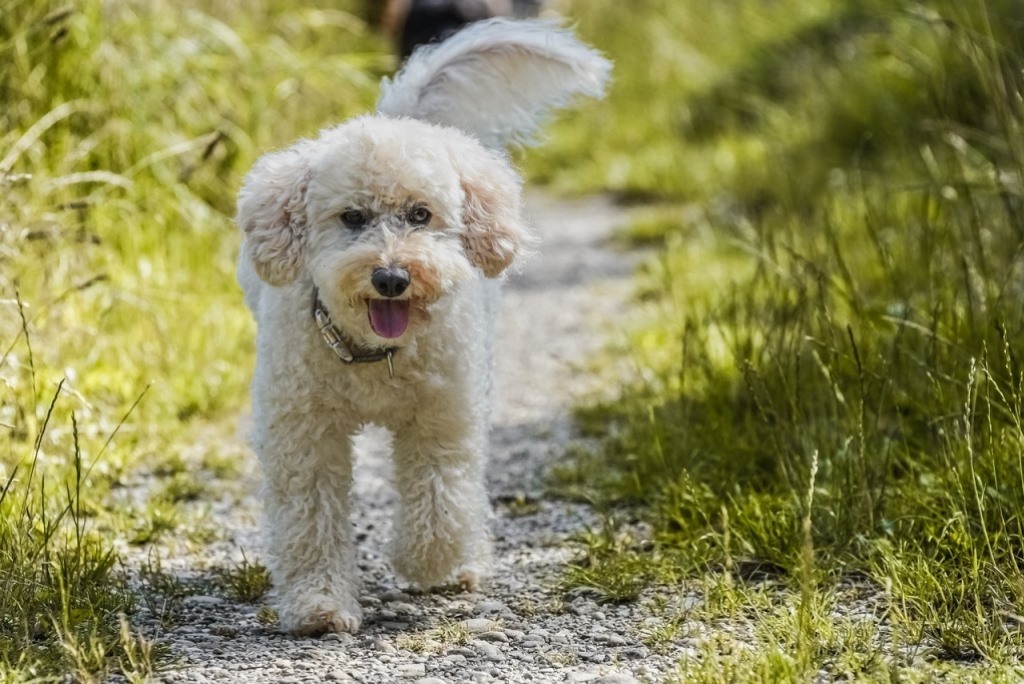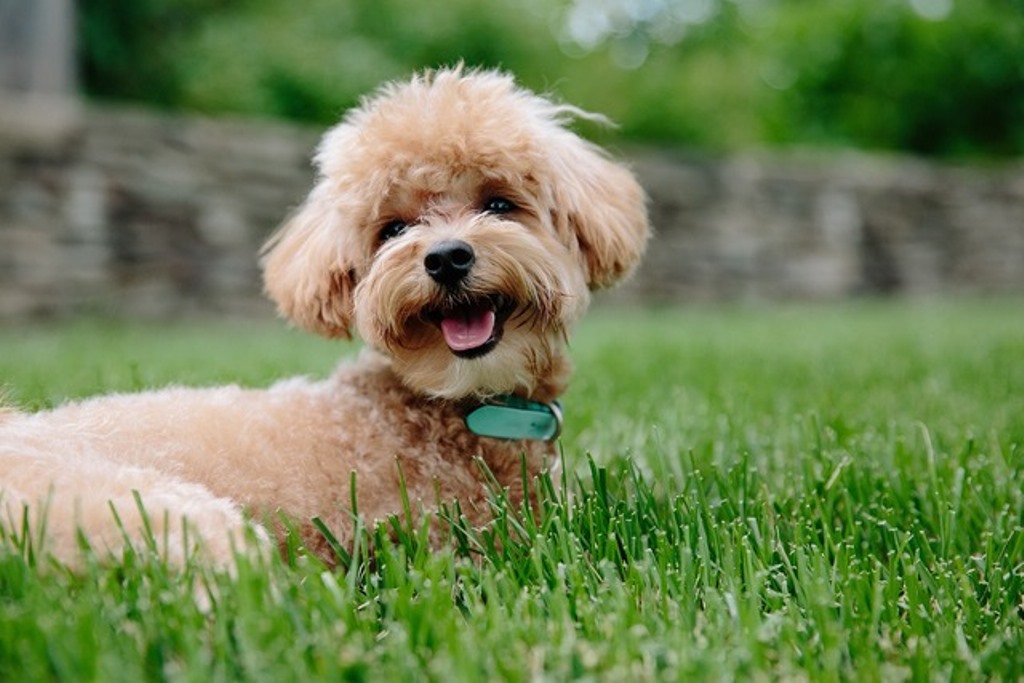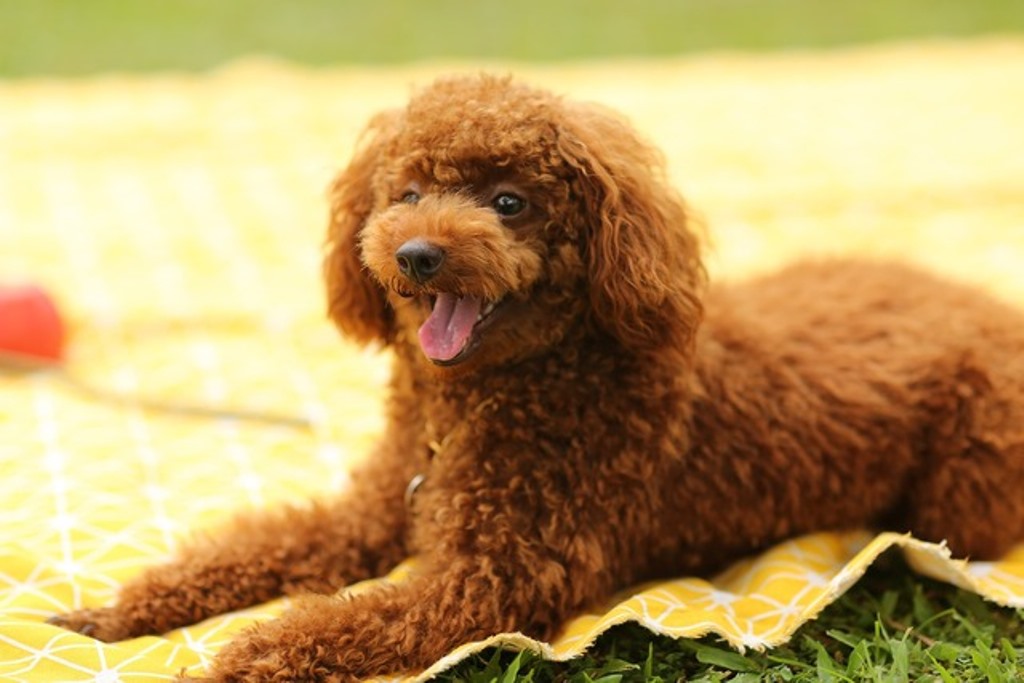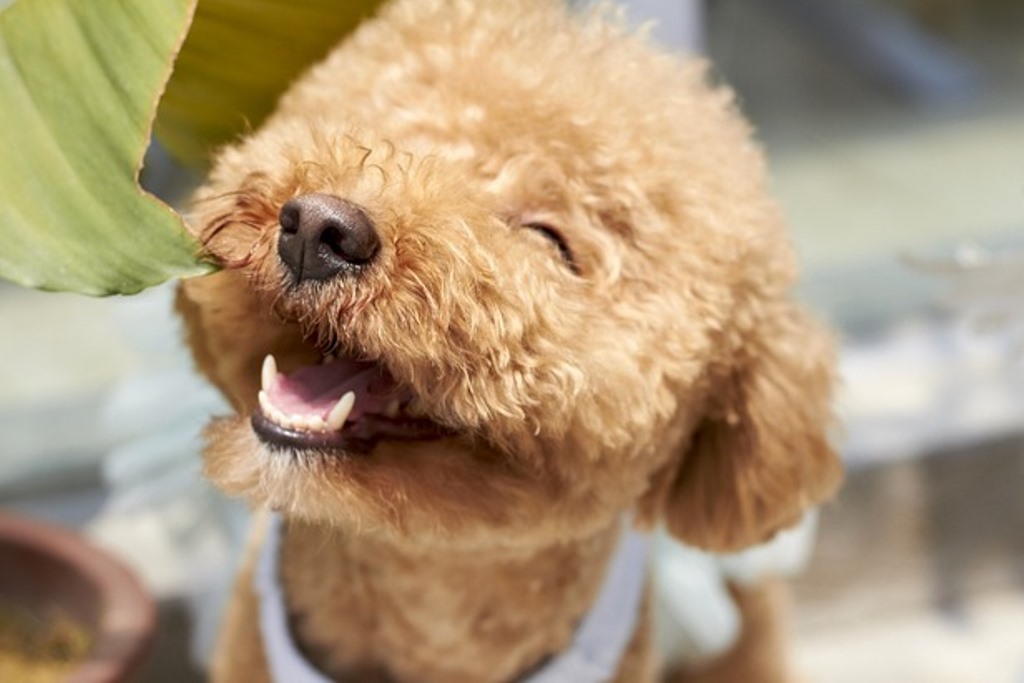
Versatility and Elegance of the Poodle Dog Breed
The origin of the poodle dog breed, also called poodle, is rather controversial. The French claim paternity, but initially the poodle was only one size, what is now the average. It was the British who multiplied the colours and sizes.
Other theories have it that the breed originated in northern Germany, others still in northern Italy. The fact is that over the centuries this dog has always been part of the noblest and most aristocratic European families as a companion dog.
Initially, this was not the case, the poodle was used for hunting, especially ducks, as it could easily return to the water. In fact, in French the poodle is called ‘caniche’, a term derived from ‘canard’, which means duck; in German it is called ‘pudel’ and in English ‘poodle’, terms that mean swimmer.
It was also used to search for truffles thanks to its excellent sense of smell and small size, which facilitated its movements in the undergrowth, and it was thanks to its intelligence and temperament that it began to appear more and more in circuses at the beginning of the 19th century. During their employment in circuses, tramps learnt astonishing acrobatic and intelligence feats; no other dog has seen such extensive use in shows and performances.
Many testimonies indicate that the tramp was used in various wars. They were even used extensively as soldier-dogs during the Second World War. In fact, in the United States, a campaign was launched to recruit quadrupeds for the army and the poster featured the image of two poodles.
Today, however, the poodle or poodle is primarily a companion dog, suitable for all people, all homes, all types and lifestyles. The true great merit of this breed is its character, and its intelligence has been judged the sharpest and most lively.
Character of the Poodle Dog Breed

The poodle is known for its bright, cheerful and gentle temperament that makes it the perfect playmate for children. It is considered to be the second most intelligent dog breed in the world after the border collie, as it has an exceptional memory that facilitates learning.
It is also a dynamic and active dog that loves company and the outdoors. In fact, he loves walking, jumping and running, which makes him one of the most skittish small dogs and naturally inclined to agility activities. But he still remembers his past as a hunter, so he has a great passion for fetching and especially for water; in fact, he swims very happily.
He is very protective of his family, which he tends to protect with great courage. For this reason, however, he is generally wary of strangers and is likely to greet them by barking vigorously. This is why he needs socialisation from puppyhood onwards to get him used to dealing with people other than his family.
He has an extremely affectionate character, especially with his owner, but does not like to be alone for long. He suffers a lot from loneliness and even if he is used to it from an early age, he is unlikely to become more resistant to loneliness. It gets along well with both dogs and cats, so if it has to be alone for hours every day, it is good to think about a companion.
Appearance of the Poodle Dog Breed

The Poodle and Poodle dog breed is divided into four sizes: the giant with a height at the withers of 45 to 58 centimetres and a weight of around 22 kilograms; the medium with a height of 35 to 45 centimetres and a weight of around 12 kilograms; the dwarf with a height of 28 to 35 centimetres and a weight of around 7 kilograms and the toy with a height of 24 to 28 centimetres and a weight of around 4 kilograms.
The poodle, however, is identical in all sizes, the only difference being the size. Its appearance has perfect proportions, elegance and pride in bearing. The gait is light, often the dog prances. The body is well-proportioned and longilinear, the paws are well straight.
The head is also proportionate and longilinear, elegant with a solid neck that holds the head high, giving it a sometimes somewhat haughty bearing. The eyes are almond-shaped, slightly oblique and usually in black, grey, white, apricot or red-coated specimens are black or brown, while they may be dark amber in brown specimens. The truffle is pronounced and well developed, the ears are quite long, hanging down along the cheeks.
But its special feature is its coat. Its hair is curly and soft, and lends itself to different types of haircuts, which are used in beauty contests to enhance the animal's appearance. Another characteristic of the poodle is that it has no undercoat, like most other dogs, so it does not have shedding periods and its coat never falls out; on the contrary, it grows continuously and is also hypoallergenic. This also contributes to making this breed particularly suitable for domestic life. The coat colours are many: fawn, white, grey, black, apricot, brown, orange.
Care and health of the poodle dog breed

The poodle is usually endowed with good health and is also very long-lived, for some the longest-lived of all. They can, however, develop various problems. Dwarf poodles in particular can suffer from diabetes.
Another vulnerable spot of these dogs are their ears, which tend to be exposed to infections. The life expectancy of the poodle changes according to its size - the smaller it is, the longer it lives. In fact, while large dogs have an average life expectancy of 12 years, smaller specimens can live as long as 20.
As far as coat care is concerned, this needs almost daily care, even as little as 5 minutes to prevent the formation of annoying knots in the hair. It also needs to be sheared regularly, as its coat grows continuously.
It is a rather greedy dog, so care must be taken with the amount of food to prevent it from gaining weight and suffering health problems.






















